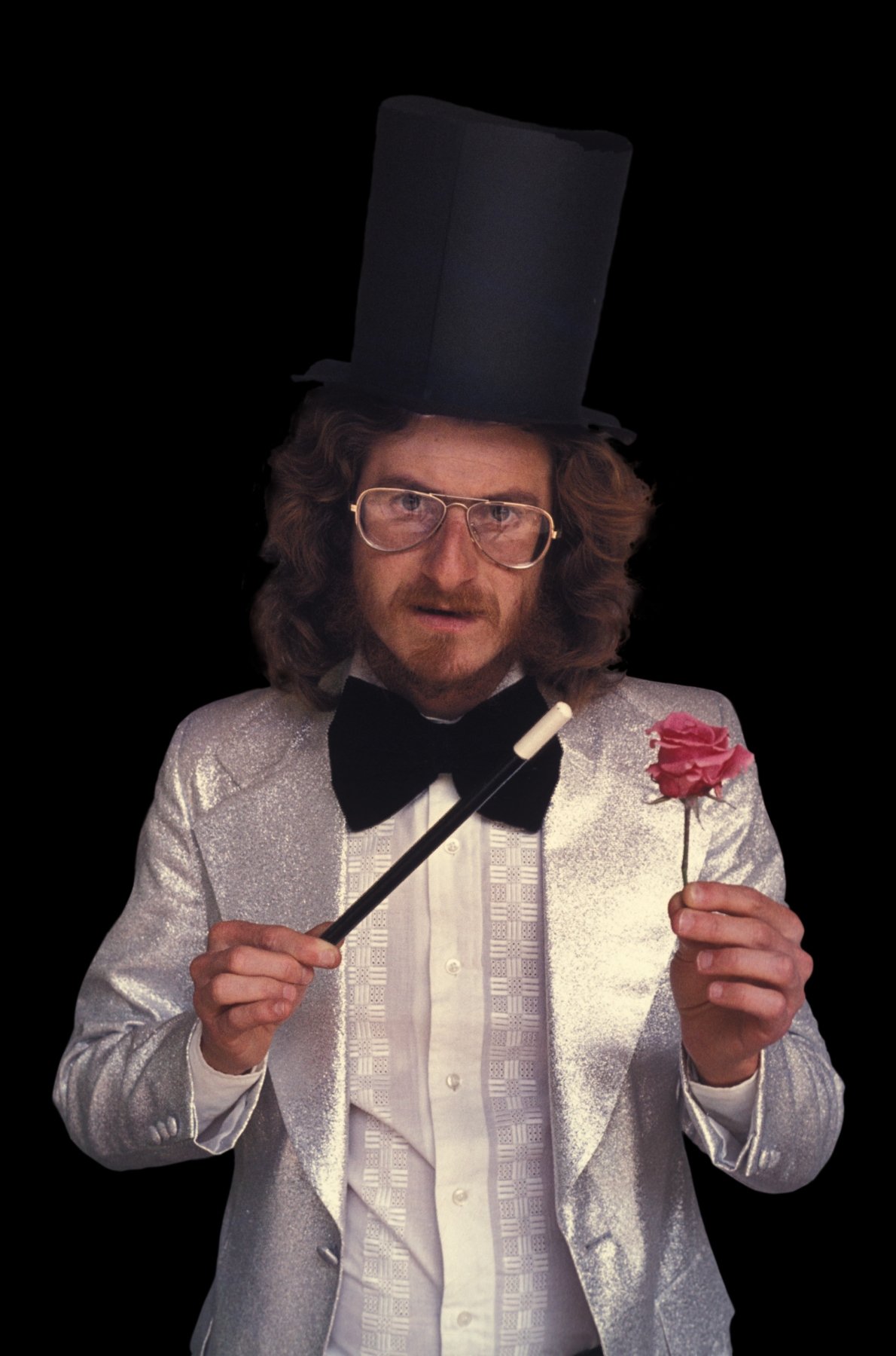Dan Flavin
"Kornblee Gallery 1967”
David Zwirner
New York, 34 East 69th Street
Presented in adjacent rooms of the Upper East Side townhouse, the works on view recreate two groundbreaking exhibitions that Flavin mounted in 1967 at New York’s Kornblee Gallery, then located at the nearby and architecturally similar 58 East 79th Street. The exhibition will offer viewers a rare opportunity to experience the artist’s early installations as he would have presented them.
From 1963, when he conceived the diagonal of May 25, 1963 (to Constantin Brancusi)—a single gold fluorescent lamp installed diagonally on a wall—until his death in 1996, Flavin produced a singularly consistent and prodigious body of work that utilized commercially available fluorescent lamps to create installations (or “situations,” as he preferred to call them) of light and color. Through these light constructions, Flavin was able to at once establish and redefine space. The artist’s work—which ranges in scale from individual wall-mounted and corner constructions to large-scale works, in which he employed whole rooms or corridors—testifies to his recurrent preoccupation with architecture.
Image: Installation view, Dan Flavin, Kornblee Gallery, New York, January 7–February 2, 1967. © 2023 Stephen Flavin/Artists Rights Society (ARS), New York.
Made in 1967, only a few years after Flavin’s breakthrough with light, the works in this exhibition use relatively simple arrangements of a single color to activate the space in distinct ways. The first gallery features six vertically oriented works in cool white light that were presented together at Kornblee from January to February of 1967. Each varying slightly from one another, the works in this series are positioned in corners, alongside the door frame, and around the fireplace, as at Kornblee, making a subtle incursion into the existing architecture.
By contrast, in the opposite gallery, a single work composed of six diagonals—three repeating sets of two—dramatically washes the space in green light. Debuted at Kornblee in October–November 1967, the work was described by the artist as “a particular interior spatial situational system of self-mimicking counter-poised diagonally resolved wall-fastened lamp aggregations in green fluorescent light, the six required to be positioned on three of the four walls at successively available edge to edge …”
By making the placement of each element contingent on those around it, Flavin sets up an internal logic for the viewer to intuit while experiencing the installation. He additionally observed a phenomenological effect when devising this work that would figure more deliberately in later installations wherein the intensity of the light in the all-green room causes a perceptual shift and any available source of white light begins to appear as pink.
The two installations present a rare glimpse into Flavin’s strategy for conceptualizing, activating, and transforming space with light and color early in his career. As Michael Govan notes, the artist “ultimately went beyond the idea of specific objects to implicate the entirety of the architecture that contained his work in a three-dimensional environment. From its inception, Flavin’s art was especially sensitive to arrangement and context, and this quickly led to his thinking in terms of whole-room installations—an idea that radically altered the course of art-making in the 1960s.







